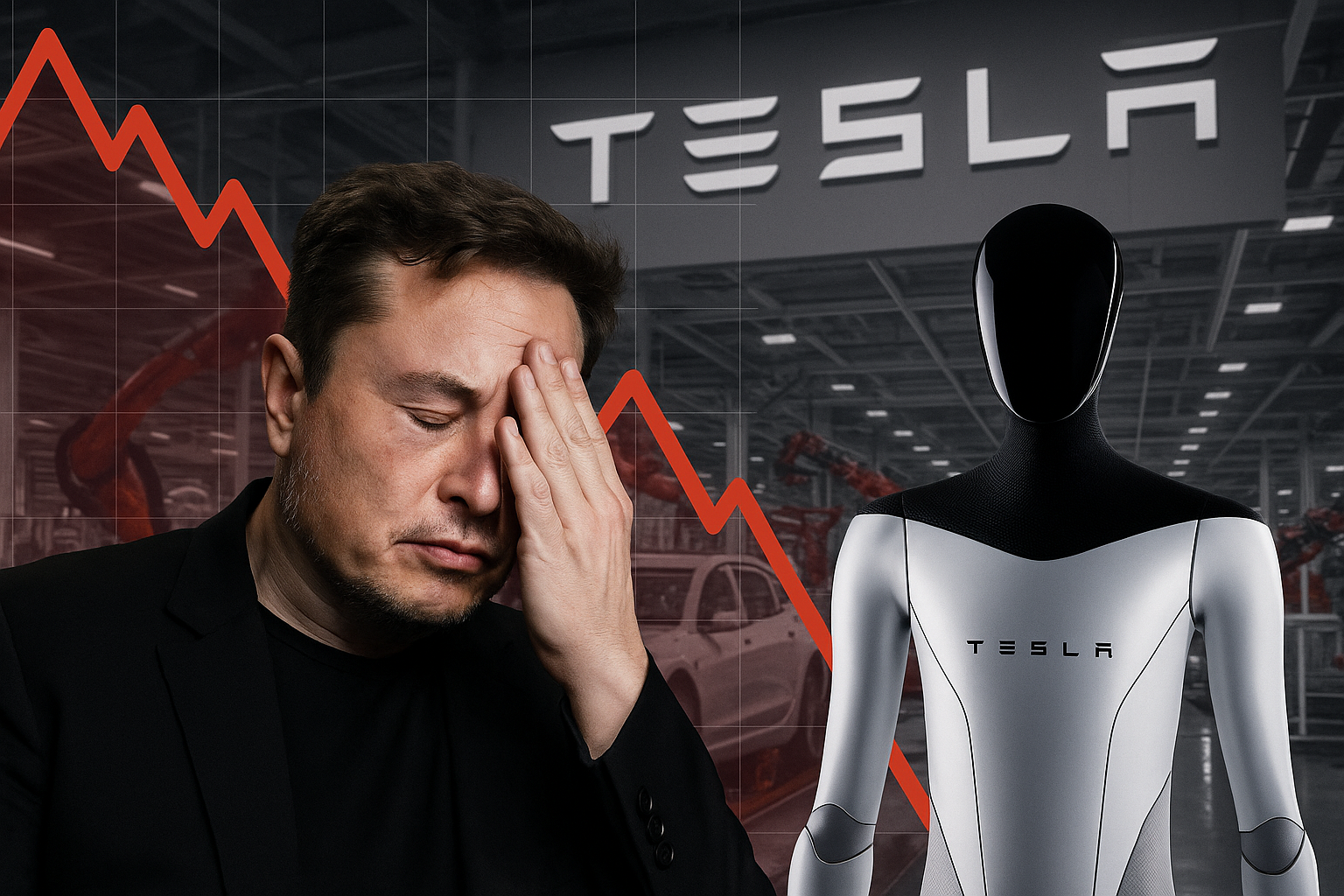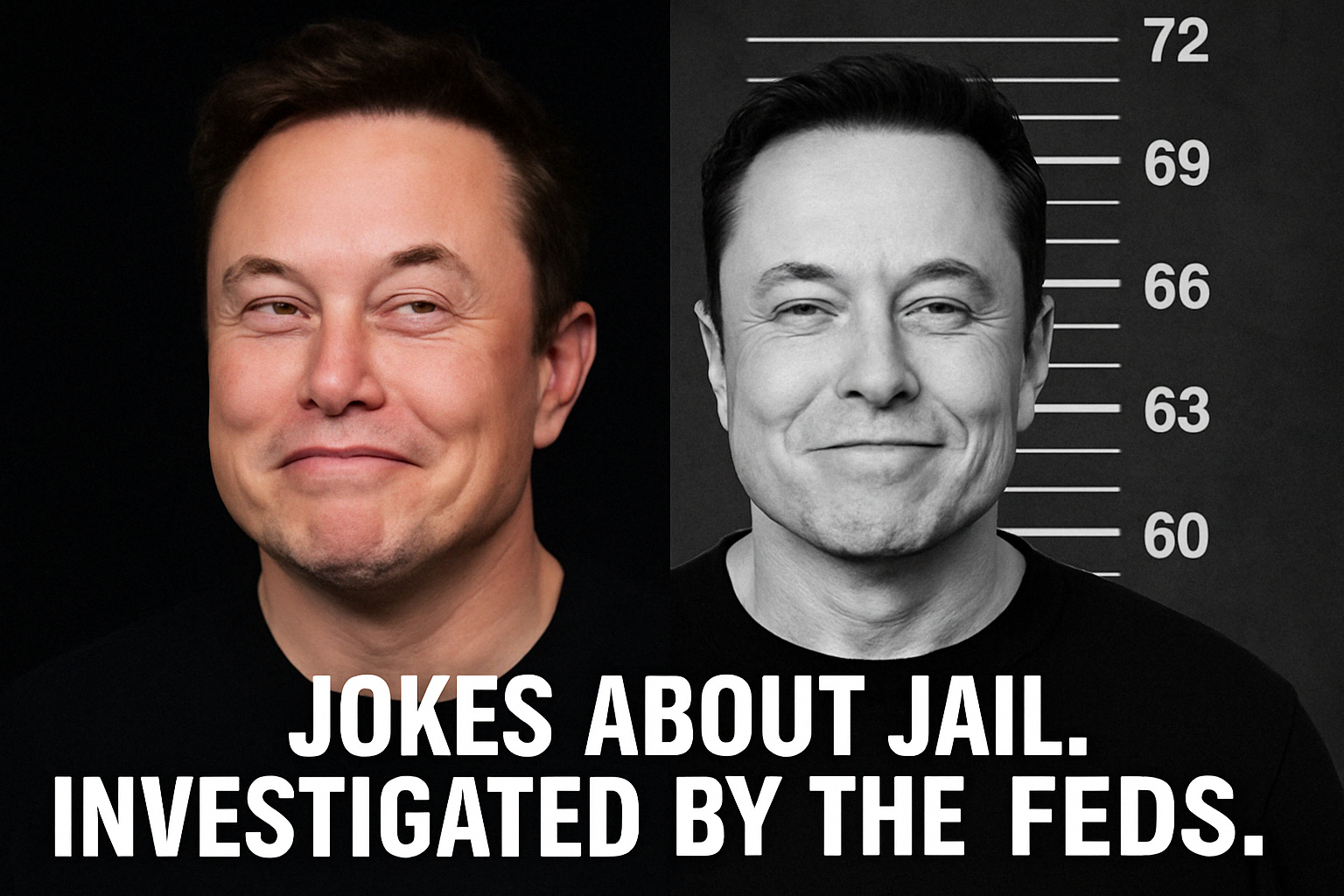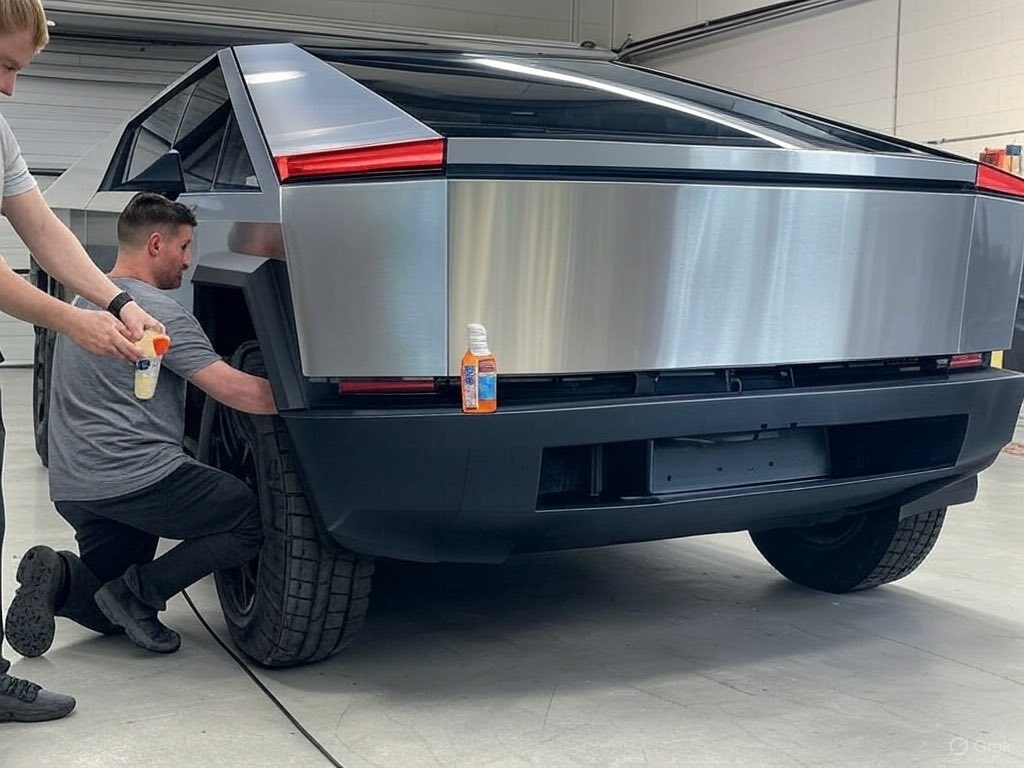
Introduction
Replacing Elon Musk should not mean finding another carnival barker to sell impossible dreams. It should mean putting an end to a decade of fantasy and returning Tesla to reality. The company is worth far less than its stock suggests, and clinging to Musk-like promises only prolongs the delusion. A new CEO must be willing to confront the truth, clean house, and rebuild a car company grounded in value, not vapor.
The Myth of Musk’s Value
Elon Musk did not build a company worth nearly as much as the market claims. The vast majority of Tesla’s valuation was created during the COVID-19 era, when bored, under-informed retail investors pumped their stimulus checks into stocks they didn’t understand. The price skyrocketed not because Tesla became more valuable, but because Musk got better at manipulating media, retail sentiment, and hype cycles—often timed to his own financial advantage.
His $55 billion compensation package, pegged to market cap milestones, incentivized lies over results. Every time he inflated a new fantasy—from humanoid robots to autonomous RoboTaxis—the stock surged. His presence became the brand. But the business never caught up. Musk showing up to work doesn’t sell more cars. And it certainly doesn’t make them safer.
The Future Must Be Smaller
Tesla, in its current form, is overvalued. From a value investing standpoint, price should follow fundamentals. Yet Tesla trades like a software monopoly while delivering like a mid-tier automaker with quality control problems. Replacing Musk with another cult figure only delays the reckoning. The real job of the next CEO will be guiding Tesla to its actual value—and that’s much lower than today.
This isn’t a collapse; it’s a correction. The market should have priced Tesla like a real car company years ago. Instead, it’s priced like a myth. Rebuilding starts with killing the myth.
What Tesla Is Actually Worth
Tesla’s current market cap still floats in the hundreds of billions, at times crossing the trillion-dollar mark. But when you strip away the hype, it’s not even close. Total net income from inception through early 2025 is roughly $36 billion—less than Elon Musk’s own compensation package. Traditional automakers like Ford and Honda make more cars, have stronger global infrastructure, and yet trade at a fraction of Tesla’s valuation.
By standard valuation metrics (P/E ratio, free cash flow, debt load, and market saturation), Tesla should be worth closer to $80–$120 billion—at best. That implies a per-share price of $20 to $30, not $150 to $200. And even those numbers assume Tesla executes flawlessly and abandons its most reckless ventures.
The uncomfortable truth: Americans could do a lot more with a trillion dollars. Why keep hanging on to a myth propped up by a man who doesn’t show up to work, or worse, another executive pretending the damage never happened? We have millions of skilled, real workers ready to build the future—they just need the resources and direction.
Clean Out the Fraud
The incoming CEO must cut Tesla’s most dangerous dead weight:
- Cancel Optimus: The humanoid robot is a joke. It will never be affordable, scalable, or useful.
- Kill the RoboTaxi Dream: A tele-operated, unsupervised vehicle fleet is not legal, safe, or realistic.
- Overhaul FSD: Stop pretending it’s autonomous. Adopt LiDAR like the rest of the industry and stop selling beta software as a self-driving car.
These products have created massive legal, ethical, and reputational liabilities. They were never going to work—they were engineered to pump the stock.
The Board Failed. The CEO Must Not.
Tesla’s board failed its fiduciary duty by letting Musk’s fantasies dictate strategy. Some of them have already cashed out. Others may be realizing too late that hype doesn’t build factories or improve margins. The next CEO should not protect Musk; they should expose the rot he left behind. If necessary, they should cooperate with legal authorities investigating false claims, misused funds, and cover-ups.
This is not disloyal. It’s survival.
A Rational Path Forward
A realistic future for Tesla includes:
- Selling affordable cars that work and are safe
- Slashing R&D for vanity projects
- Restoring accountability to the board and executive compensation
- Abandoning market-cap-based bonuses, which should be illegal
- Rebuilding public trust by telling the truth—even if the truth is: “We’re not worth what you think.”
Conclusion
Tesla doesn’t need a new Elon Musk. It needs someone willing to say Elon Musk was the problem. Valuations don’t magically become earnings. Promises don’t build cars. And CEOs don’t get to lie just because the stock price likes it. If Tesla is to survive, it must shrink to fit reality—then grow again the right way. That begins with truth.
Discover more from
Subscribe to get the latest posts sent to your email.



